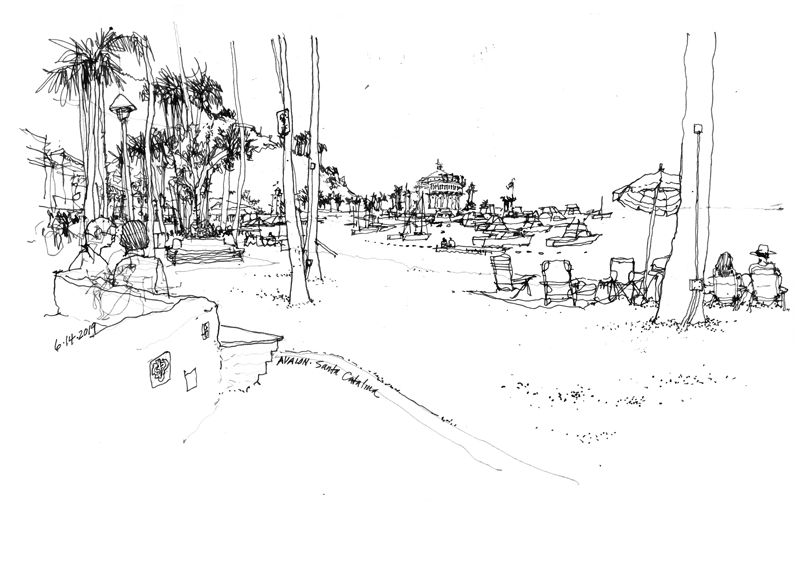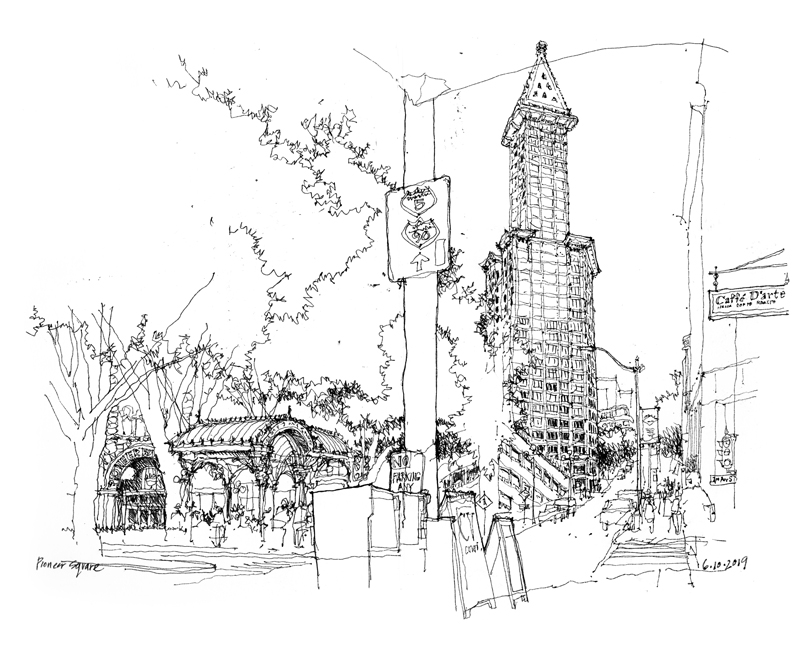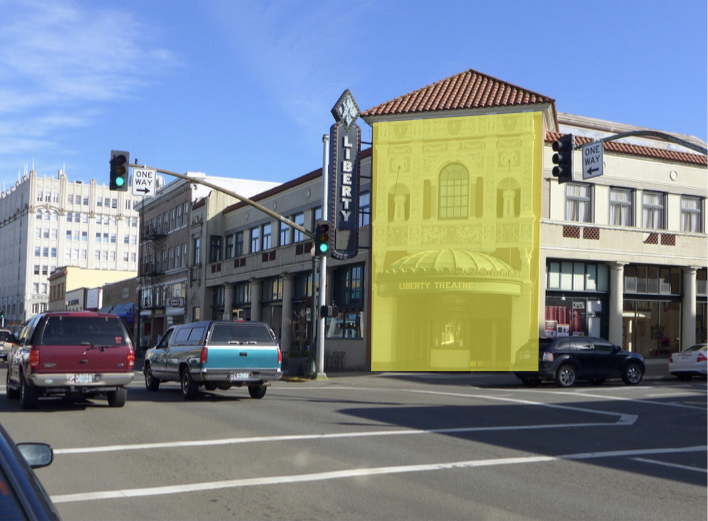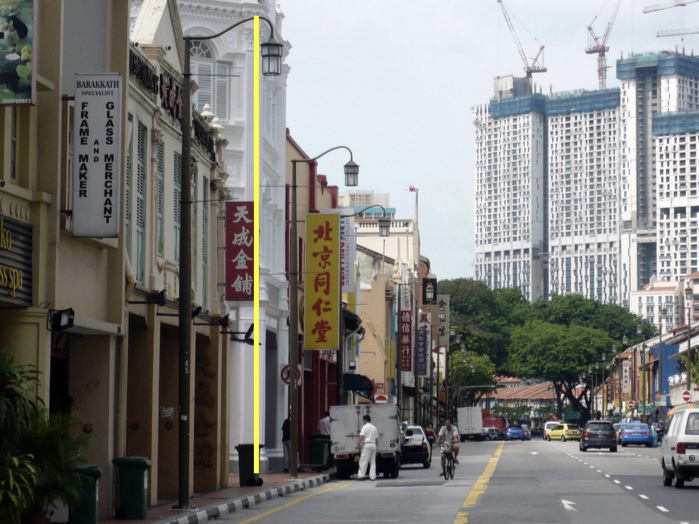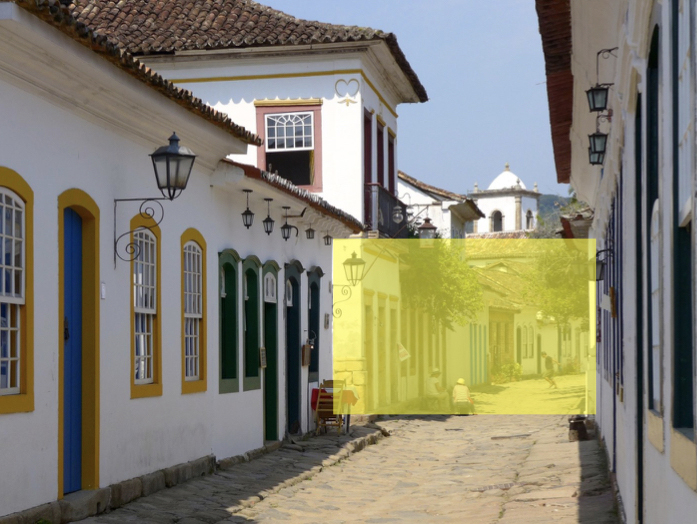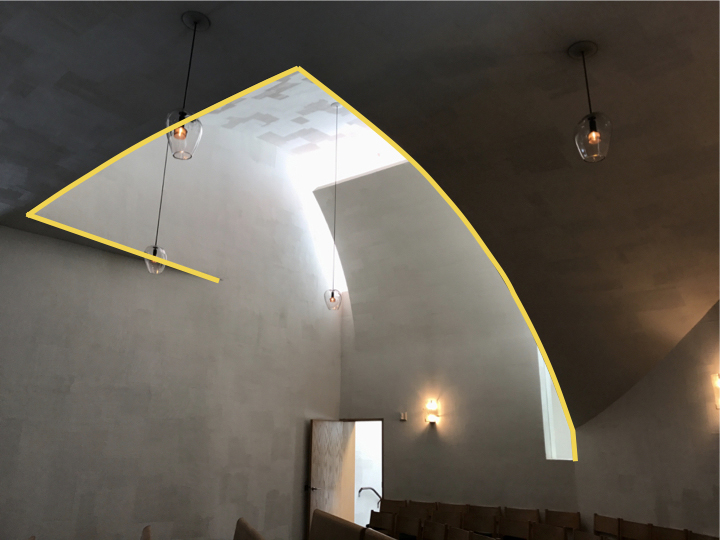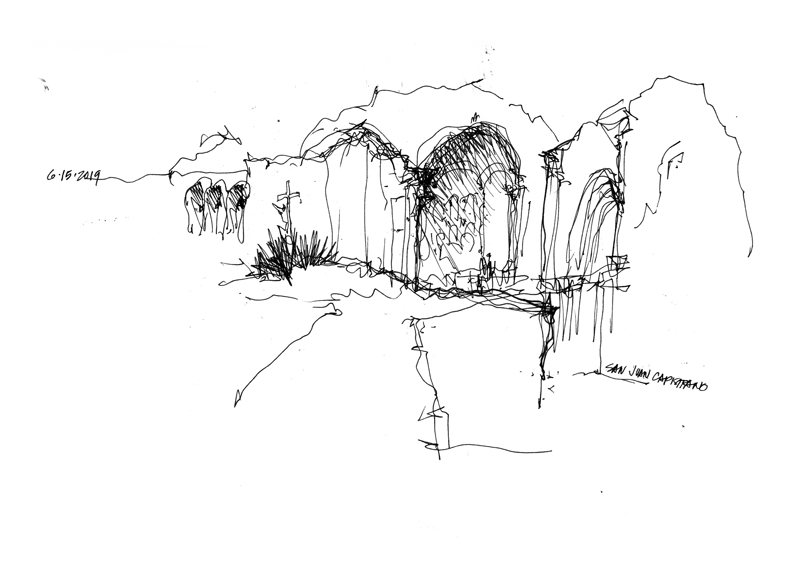
This is a very quick 10-minute sketch I did during the Line to Color workshop Gail Wong and I conducted recently. I was trying to demonstrate how to begin a scene that does not have a clear geometric structure.. The view is of the ruins of the “Great Stone Church” at Mission San Juan Capistrano. Work on the limestone structure began in 1797 but was interrupted three years later by the 6.5-magnitude San Diego earthquake. And in 1812, six years after the church was completed, a 7.5-magnitude earthquake collapsed the nave and toppled the belltower. It was never rebuilt.

